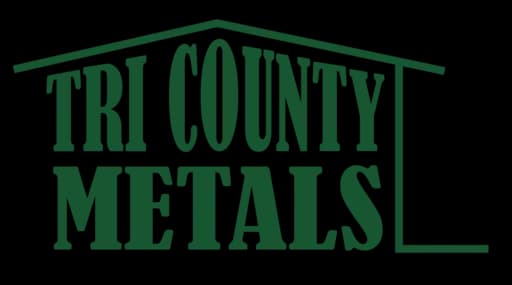Over five million homeowners get new roofs installed each year. But did you know that investing in timely roof repair could save you thousands and extend your roof’s life significantly?
Take the first step
Schedule a fast, no-pressure visit. Since 1987 we’ve got you covered.
Get startedRoof replacements can cost anywhere from $5,000 to $100,000 depending on the materials and size of the home. While sometimes unavoidable, most major repairs can be prevented with simple routine maintenance and timely fixes.
If you’re in Sarasota or surrounding areas and suspect your roof might be showing signs of wear, read on. Here are seven warning signs your roof may need professional repair.
1. Curled, Cracked, or Missing Shingles
Take a close look at your roof. Are the shingles curling at the edges? Are any cracked or completely missing? These are clear signs your roof is deteriorating and likely needs attention. Shingle damage is one of the most common issues homeowners face, especially after Florida’s intense storms and hurricanes.
2. Shingle Granules in the Gutter
If you notice what looks like black sand or granules in your gutters, your shingles are likely wearing out. These granules are designed to protect your roof from sun damage and weather. Their presence in the gutters is an early warning sign. Learn how to protect your roof through maintenance.
3. Damage Around Roof Fixtures
Chimneys, vents, skylights, and pipes often have flashing around them to prevent leaks. These areas are common points of failure. If the flashing is loose, rusted, or cracked, water can easily seep in. Even minor issues here can become big problems if not fixed promptly.
4. Water or Light in the Attic
After a heavy rain or windstorm, take a flashlight and head up to your attic. If you notice moisture, water stains, or even small beams of light coming through the roof deck, you’ve got a problem. Moisture in the attic can quickly lead to mold growth and structural damage.
5. Sagging Rafters or Roof Deck
A sagging roof deck or bowed rafters usually point to prolonged water exposure. If you notice this, it’s crucial to bring in a professional. Sagging structural elements could indicate rot or weakened supports—issues that can’t be ignored.
6. Stains on Ceilings and Walls
Dark spots on interior ceilings or bubbling paint on the walls are indicators that your roof is letting water inside. According to the U.S. Department of Energy, water intrusion also reduces your home’s energy efficiency.
7. Peeling Paint or Mold Near the Roofline
Improper ventilation causes humidity to build up near your roofline, leading to mold, mildew, and peeling exterior paint. These signs usually go unnoticed until a leak occurs. Routine inspections can catch them early and keep your home safe and dry.
Bonus: Higher Energy Bills
If your cooling or heating bills have been climbing unexpectedly, poor attic insulation or roof ventilation could be to blame. A compromised roof affects your home’s energy performance. Learn more in our post on Maintaining a Healthy Roof in Florida.
What to Do If You Notice These Signs
If you’ve identified any of these red flags, it’s time to call a licensed roofing professional. Delaying roof repair can lead to extensive and expensive damage, not just to your roof but to the entire structure of your home.
Contact SonShine Roofing today for a comprehensive inspection and expert advice. Our team has over 38 years of experience serving Sarasota, Manatee, and Charlotte counties with high-quality roofing solutions. We also offer affordable roof inspections to help you stay ahead of potential problems.
Protect your investment. Don’t wait for a leak to turn into a disaster. Let SonShine Roofing help you extend the life of your roof—before it’s too late.















